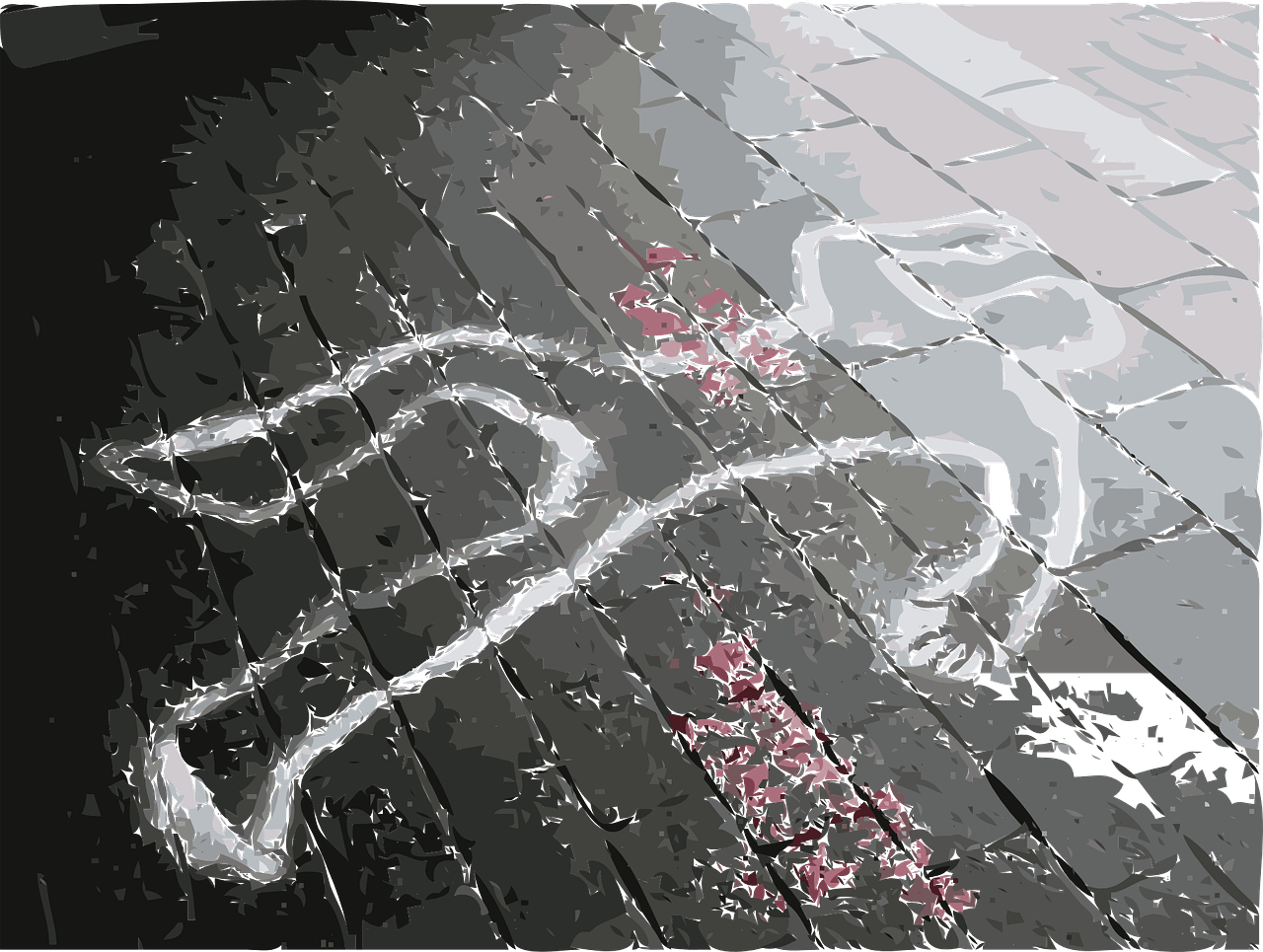
Without a doubt, team development is one of the toughest challenges I’ve ever taken on. When I worked at the Government Accountability Office (GAO), I volunteered to lead a team for a work project. I almost ended up a homicidal maniac.
In companies across the country, an eavesdropper can hear: “Give it to a team to handle.” Sure. Why not? We all know the collective intelligence of a team far exceeds that of any one member. “There is no I in TEAM!”
But what if the team doesn’t know how to be a team? Suppose we get nine folks together and call ourselves a baseball team. Are we going to win? Are we going to be successful? It’s unlikely—what we really are is nine people who think we want to play a game called baseball. We don’t even know how to play baseball.
Big mistake #1: At GAO, I handpicked my team. They were some of the smartest people in our office. Can you imagine what happens when you put a bunch of really smart people in a group and tell them to get along? Particularly people who have been trained to find problems, not necessarily solutions? We should have had a better mix of personalities and capabilities.
Big mistake #2: None of us knew anything about team development. Our trainers didn’t teach us about the stages of team development. See below so that you won’t be so ignorant.
Big mistake #3: We didn’t have a clue about defining team roles, setting SMART goals, defining strategic accountabilities, establishing appropriate structures and processes, and holding each other accountable. More on that next week.
We were a bunch of really smart people, working to solve a problem. What could go wrong?
More often than not, teams perform adequately or fail. Few become high-performing teams. The reason is simple: teams involve people and processes. People break down, processes break down. If each aspect is not addressed proactively, the team will not achieve the level of success it aimed for.
Teams go through four stages of team development, a model developed by Bruce Tuckman in the 1960s. All teams go through these stages and should. Just be prepared.
This is where the team comes together to kick off a project. The members don’t all have the same understanding of what the team is doing. They don’t usually know each other well; therefore, the members don’t trust each other and are not willing to be vulnerable. Lots of the communication on such a team is at the surface level and doesn’t address the real issues. Some minor work will get done, but nothing significant.
This is the stage where everyone turns on each other. It is not pretty, and it is extremely challenging for the team leader, who has to help this team come together and be successful. This is a critical stage in team development, and one that cannot be skipped. Each member is looking out for his/her own interests and protecting his turf.
Members have to work out their differences and learn to reach true consensus. Otherwise, they will never develop into a cohesive team that can achieve its objectives. Furthermore, the leader will not be able to delegate to them nor will they become self-managing or highly effective.
This is the stage where, if the members have worked through their differences, they can come together and function as a true team. The leader’s role is more that of a member, because the team functions as a unit.
This is where the high-performing team is. The members work together efficiently and harmoniously toward delivering what the team promised. Great results are achieved, and, not to be corny, everyone wins.
By the way, if any member drops out or a new member is added, you start the whole process over again. Sorry.
One of the engineering teams I coached decided they would skip the storming phase. Didn’t happen. Even the engineers couldn’t come up with a work-around for the storming phase.
You’ve been forewarned. Don’t volunteer to lead a team just yet. We’ll be back next time on how to set up a team to succeed and actually accomplish what you want to do.
If you’re asked to lead a team in the meantime, grab Patrick Lencioni’s fantastic book “The Five Dysfunctions of a Team.”
© Pamela A. Scott, MentorLoft.com, 2016